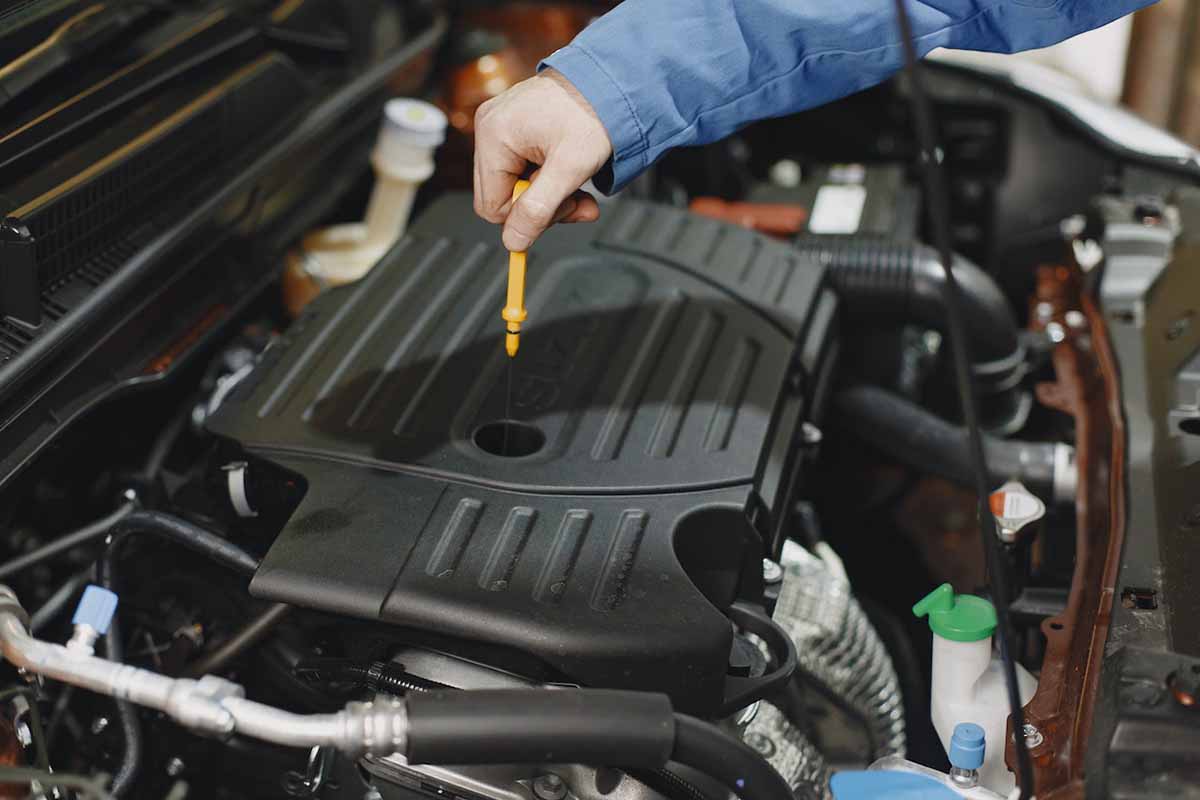Good Training Is a Key Element, but Only Part of the Puzzle for Vehicle Safety!
Employers with vehicle fleet or employees who drive are aware (or should be) that the greatest probability of an injury incident is going to be vehicle or driving related. Many organizations have, therefore, incorporated driver training into their OHS program. This is as it should be.
Unfortunately, in many cases, this is where vehicle safety stops.
Training is too often expected to become ‘the answer’ to vehicle reduction. A driver involved in an incident, for example, is automatically sent back to re-attend the training program where he/she would almost always pass with flying colours, seemingly without effort. Lack of skill is clearly not the problem here.
In this situation, is retaining really the answer or are there other forces at play? Could this be a motivational problem, an attitudinal issue, maybe a medical condition? Was the vehicle appropriate for the work and equipped correctly? Training alone can’t address all these issues.
A driver training program labouring under the expectation that it should solve all of an organization’s driver safety or incident problems is destined to fall short.
Training is undertaken for a variety of reasons:
- to train and qualify new operators,
- to provide refresher or upgrade training/education,
- to reinforce previously learned skills,
- to re-qualify experienced operators.
But there are many more elements to an effective vehicle safety program.
How does yours stack up? Compare the features of your vehicle/driver safety program with this list of critical key elements:
1. Senior Management Commitment
Is driver safety seen and acted on by senior management as a critical safety issue? Frequently we see lip service paid to driver safety, with strong statements of corporate commitment but an absence of meaningful action. In many cases, senior executives are visibly absent in the training courses associated with the program and have a belief that they are somehow exempt from vehicle safety policies, like pre-trip inspection and circle checks.
Enlightened organizations implement driver safety programs by starting with attendance and qualification on course from executives very early in the process. These managers lead by example, by committing to the program and adhering to policy (like cell phone prohibition, backing in to park, circle checks). Workers need to both hear about safety from management and also see management participating and in compliance.
2. Written Policies and Procedures
Vehicle safety policy and practise should be identified and detailed in its own section in your health and safety manual.
The policy should state the company’s expectation of employees who drive, as well as specific policy related to job tasks involving vehicle use or movement – on or off-road. In addition, the policy should state qualifications for use of various vehicle types or classes and the training testing required to achieve these qualifications.
Consequences for non-compliance (if different from the corporate disciplinary system) should be stated clearly.
3. Driver Abstract / Record Checks
Check the driver records of all prospective employees who will be driving for work purposes. Screen out applicants who have poor driving records since they are most likely to cause problems in the future. The driving record should be reviewed annually to ensure that the employee maintains a good driving record, and action should be taken if the record deteriorates.
Clearly define the number of violations an employee/driver can have before losing the privilege of driving for work, and provide training where needed.
4. Incident Reporting and Investigation
All vehicle incidents should be reported and investigated. Acquire the services of an experienced trainer or vehicle operation expert if one is not available in-house.
Root causes should be identified and action items (if applicable) developed to help prevent future incidents.
5. Vehicle Selection, Maintenance and Inspection
Selecting, properly maintaining and routinely inspecting company vehicles is an important part of preventing crashes related losses. Ensure the vehicle selected for a particular application is suited and properly equipped to permit safe use in that application and environment.
A pre-trip/shift inspection routine should be incorporated into the vehicle safety policy, and vehicles should be inspected daily by the driver.
Regular maintenance should be done at specific mileage intervals consistent with the manufacturer’s recommendations. A mechanic should do a thorough inspection of each vehicle at least annually.
6. Disciplinary System
Develop a strategy to determine the course of action after the occurrence of a moving violation, policy breach, complaint and/or preventable incident.
There are a variety of corrective action programs available; the majority of these are based on a system that assigns points for infraction and/or incidents. The system should provide for progressive discipline if an employee begins to develop a pattern of repeated problems.
7. Reward / Incentive Program
Safe driving behaviours contribute directly to the bottom-line and should be recognized as such. Positive results are realized when driving performance is incorporated into the overall evaluation of job performance.
Reward and incentive programs typically involve recognition, monetary rewards, special privileges or the use of other incentives.
8. Driver Training / Communications
The training program should be an integral part of the OHS program and be ongoing.
Conduct initial training and qualification for new hires; even those with clean driving records may have never experienced professional training and only passed a basic government driving exam (perhaps many years ago). To set a baseline for driver performance and to document competence in case of future problems, employees should be trained, evaluated and qualified on the vehicle type(s) they will be assigned to, in the environment they will be operating in.
Regular refresher/requalification should be an integral part of the program.
The best programs incorporate a driver safety related course, seminar or event annually to keep vehicle safety at the forefront of employees’ minds and demonstrate the corporate commitment to safety.
Every two to three years, requalification by on-road evaluation should be conducted.
Keeping vehicle incident rated low goes beyond just providing training, it includes a comprehensive system of the key elements discussed in this article.
How does your organization measure up?









